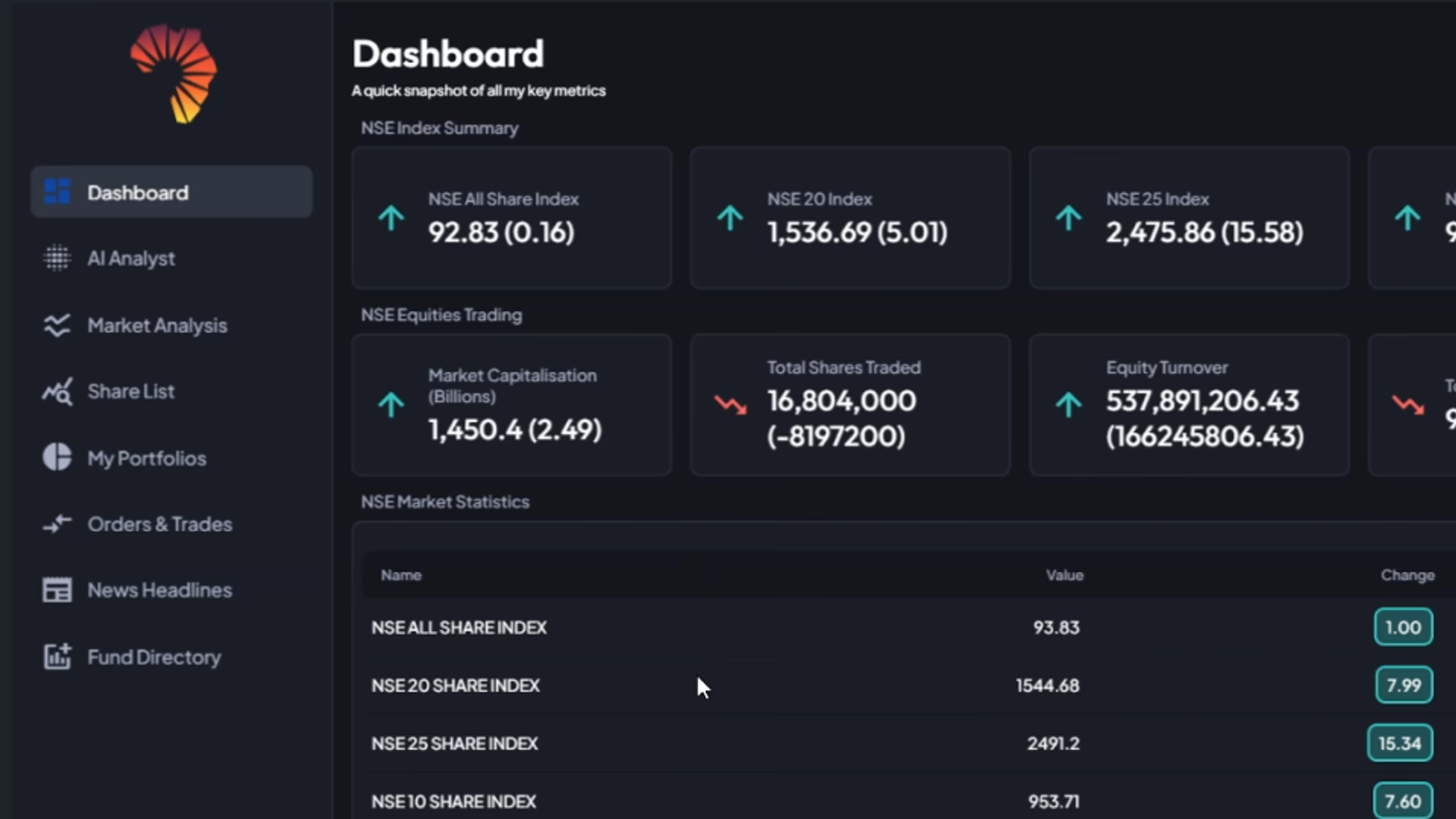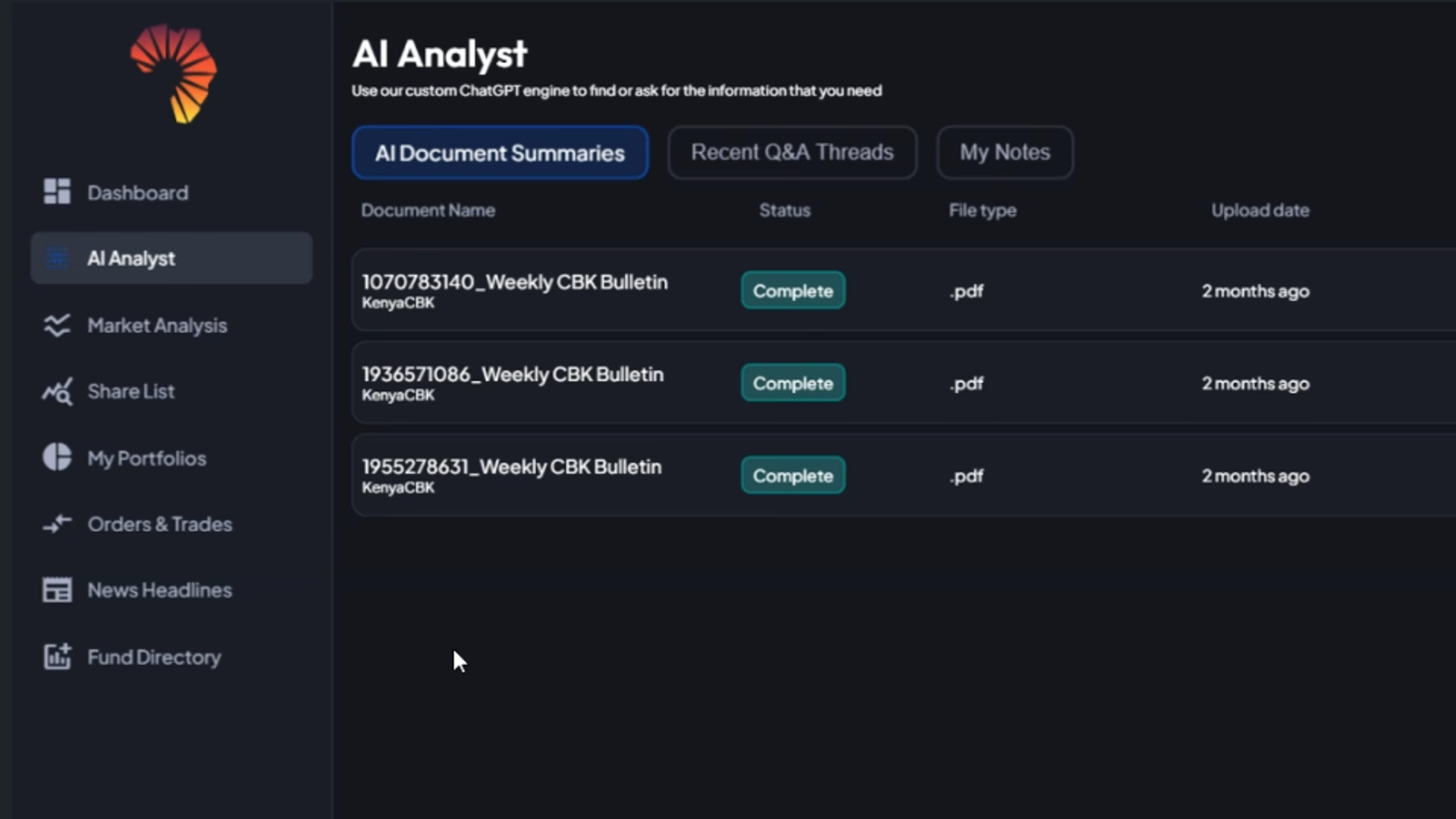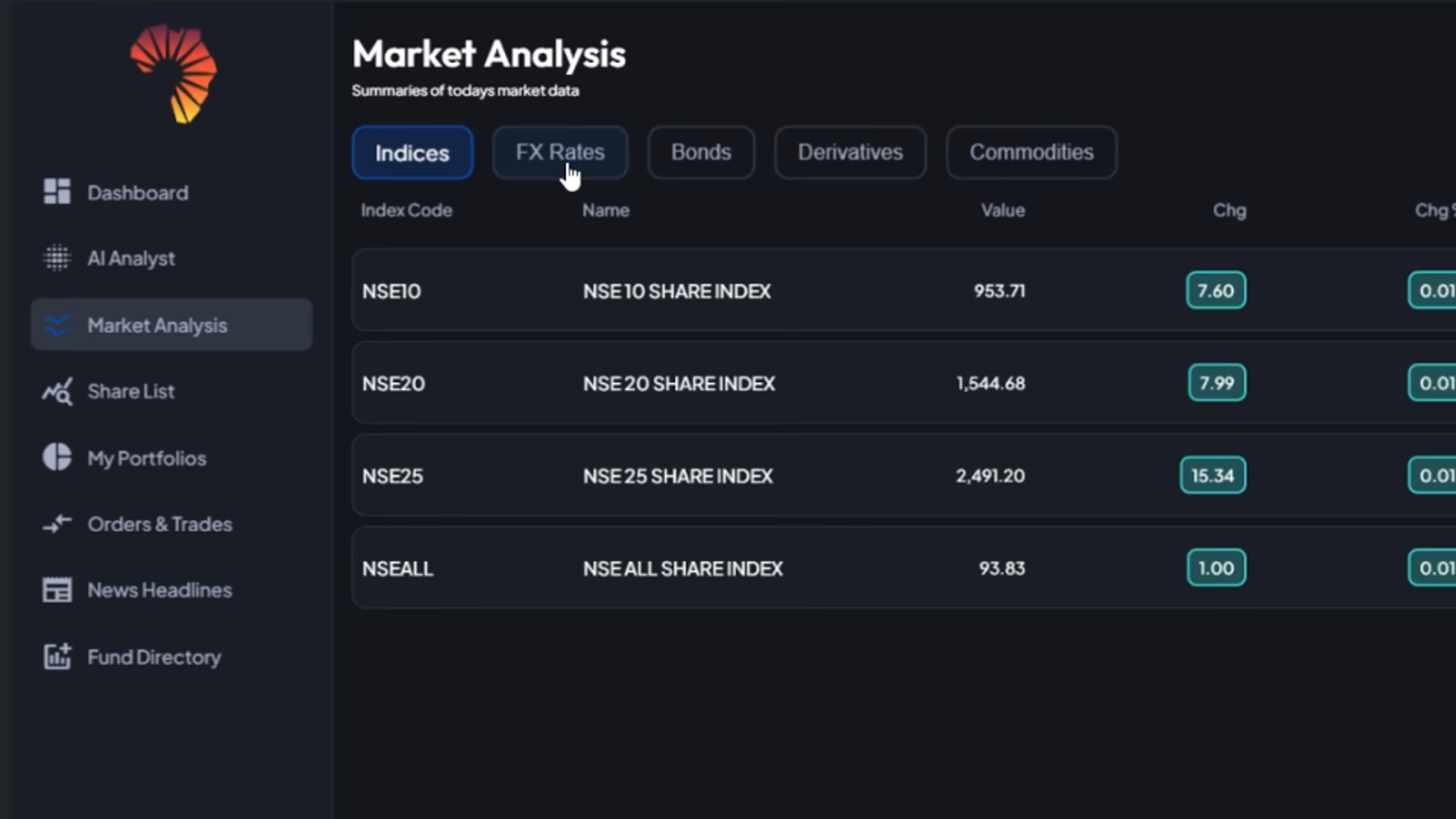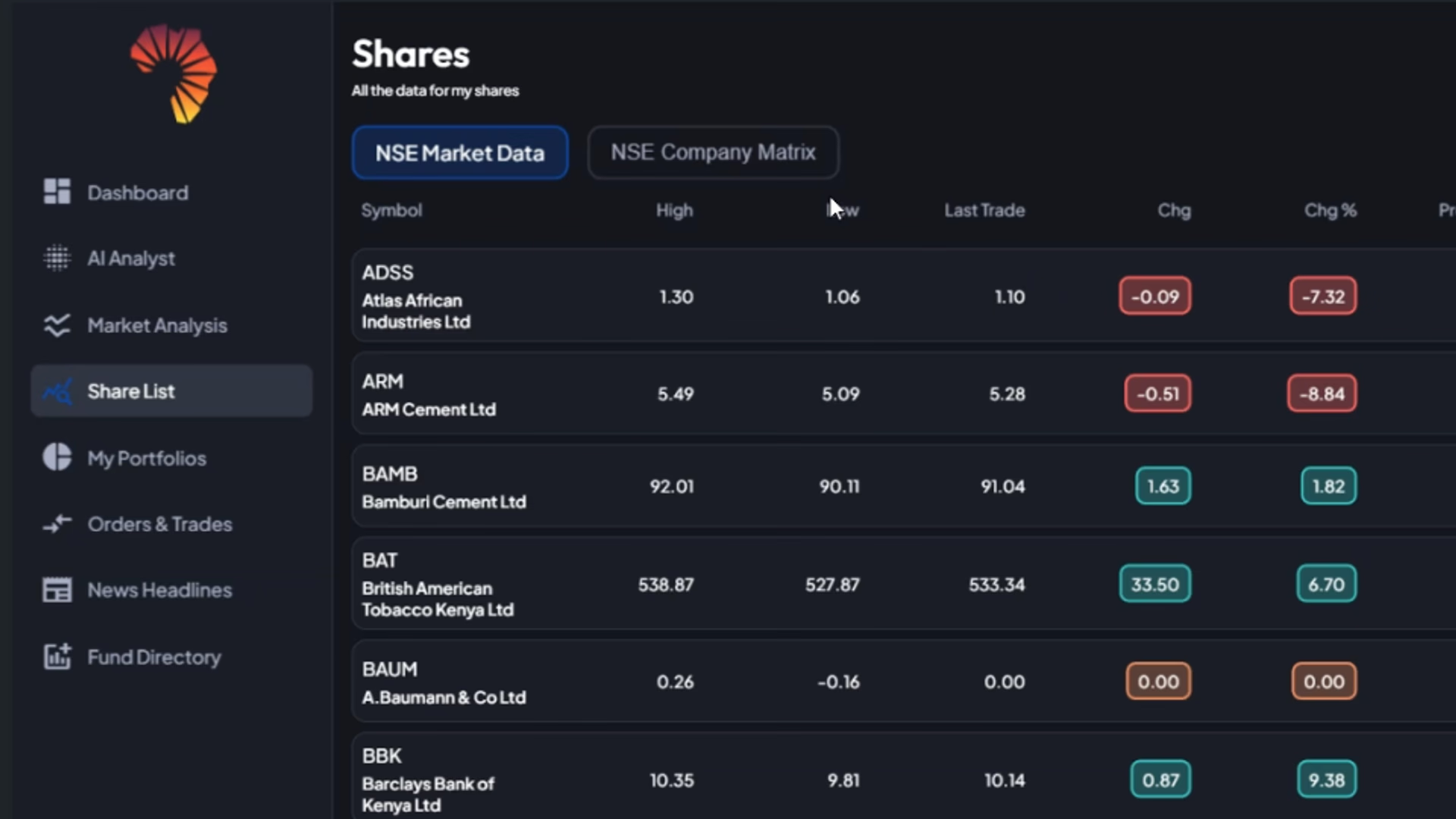Kenya urgently needs to revitalise its business environment as private sector sentiment is generally less optimistic in 2025 than in the last two quarters of last year, the latest Kenya National Chamber of Commerce and Industry (KNCCI) Business Barometer shows.
- •The barometer reveals a concerning projection for workforce growth as 60% of businesses do not expect to hire this year, a significant shift from previous years that’s largely driven by a decline in sales and an increase in operational costs.
- •65% of businesses remain optimistic about growing their revenue in 2025, a slight decline from previous quarters, with 24% of respondents indicating they do not expect revenue growth in 2025, up from 22% in Q4/2024 and 15% in Q3/2024.
- •The Barometer further highlights that 55% of businesses expect an increase in their cost of production in 2025, a notable rise from last year, when 54% of businesses anticipated higher production costs in Q4/2024, and only 35% expected increases in Q3/2024.
“Looking ahead, high taxation, unfavorable government policies, and limited access to capital are identified as the biggest obstacles to the growth of Kenya’s private sector in 2025. Businesses remain concerned about these factors and their potential to hinder economic progress and the overall competitiveness of the business environment,” Erick K. Rutto, KNCCI President said.
The pessimistic sentiment on workforce growth marks a clear departure from the previous year’s surveys, where only 47% of respondents expected a reduction in workforce size in Q4/2024, and only 25% in Q3/2024. Financing constraints are also affecting how effectively businesses are implementing climate change mitigation and adaptation measures. 43% of the businesses surveyed have implemented such measures, with 85% not receiving any external support.
In December, The World Bank downgraded Kenya’s economic growth forecast for 2024 to 4.7% from an initial 5% forecast in June 2024 – all lower than the 5.6% recorded in 2023. The institution expects 5% growth in 2026, slower than the 5.3% it had estimated earlier citing further fiscal slippages, extreme weather events and external economic challenges as the main risks. It cited, among other things, that business confidence in the country remains subdued.





